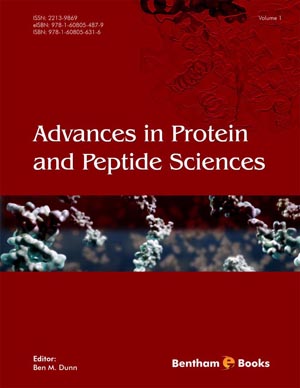Abstract
SHS investigation development is considered from the geographical and historical viewpoint. 3 stages are described. Within Stage 1 the work was carried out in the Department of the Institute of Chemical Physics in Chernogolovka where the scientific discovery had been made. At Stage 2 the interest to SHS arose in different cities and towns of the former USSR. Within Stage 3 SHS entered the international scene. Now SHS processes and products are being studied in more than 50 countries.
Abstract
After over a century of extensive research, hemoglobin has become the prototype of allosteric and cooperative proteins. Its molecular structure, known in great detail, has allowed the design of hundreds of site directed mutations, aimed at interfering with its function, and thus at testing our hypotheses on the molecular mechanisms of allostery. The wealth of information thus obtained is difficult to read except for specialists, not only because it makes use of many different technical approaches, but also because of its intrinsically patchy nature. Moreover, several researchers have tried to assign specific roles to segments of the polypeptide chains, rather than to single residues, and have tested their hypotheses by multiple point mutations or by complete replacement with the homologous segment from a different hemoglobin to produce chimeric macromolecules. This approach is in great need of a revision since putative functionally relevant segments partially overlap. This review briefly describes the structure and function of hemoglobin, and analyzes the effect of point mutations, multiple mutations and segment replacement, with special attention to possible biotechnological applications, ranging from pharmacology (Hb solutions as resuscitating fluids and sources of the protein found in hemoglobinopathies for biochemical studies) to bioreactors. Occasional reference is made to site directed mutants of myoglobin, whenever this helps clarifying perplexing results obtained on hemoglobin.
Keywords:
Human hemoglobin, naturally occurring mutants, site directed mutants, cooperativity, allosteric core.
Recommended Chapters
We recommend

Authors:Bentham Science Books






